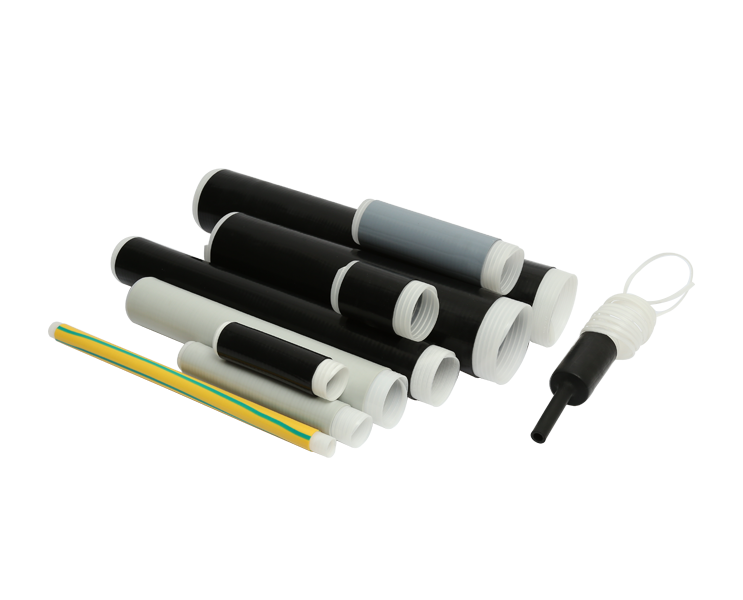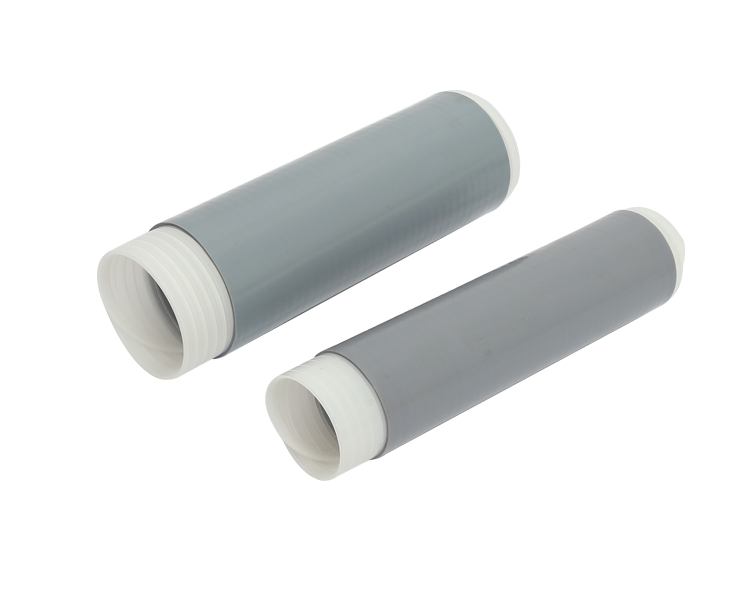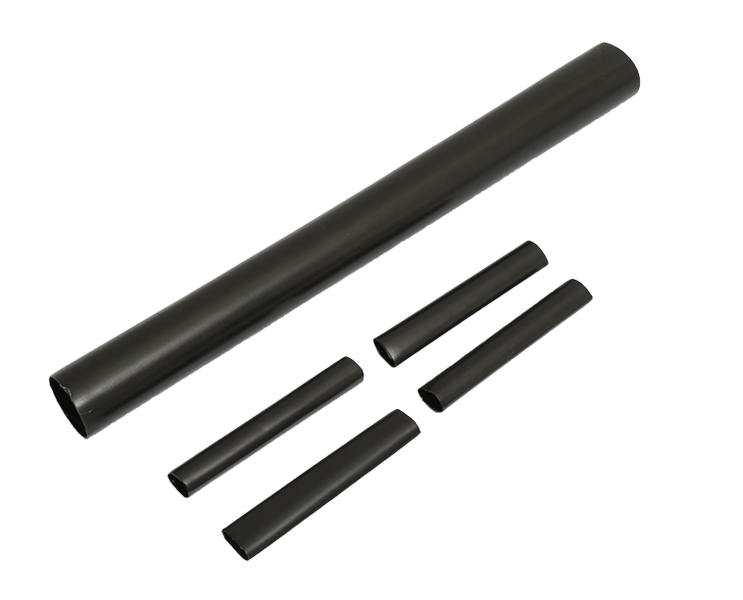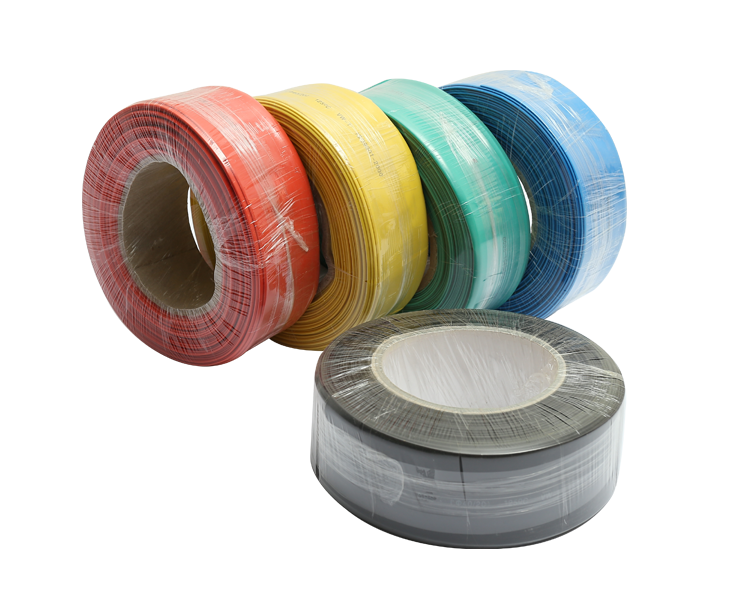Differences Between 10kV Cold Shrink Cable Outdoor Termination And Indoor Termination
10kV Cold Shrink Cable Termination stands as a crucial component in ensuring the seamless functionality and reliability of power cable networks. However, the specific requirements for outdoor and indoor installations demand unique considerations, leading to the differentiation between Outdoor Cable Terminals and Indoor Terminations.
1. Environmental Challenges and Outdoor Cable Terminals
Outdoor environments pose a range of challenges that necessitate specialized solutions. Outdoor Cable Terminals are engineered to withstand the harsh conditions presented by weather variations, temperature extremes, and exposure to elements such as UV radiation and moisture. These terminals feature robust materials and designs that offer enhanced insulation and sealing capabilities. Additionally, they are fortified to resist mechanical stress and prevent the ingress of water or contaminants. This resilience ensures consistent performance and longevity in outdoor settings, safeguarding the integrity of power cable connections against environmental pressures.
2. Indoor Precision and Indoor Terminations
Indoor settings, characterized by controlled environments and reduced exposure to external elements, offer a different context for cable terminations. Indoor Terminations prioritize precision and efficiency in installation, as well as insulation performance. While they do not face the same array of challenges as outdoor installations, indoor terminations still demand a high level of attention to detail. The design of indoor terminations is tailored to optimize space utilization while maintaining insulation and sealing integrity. Their focus on streamlined installation and reliable performance aligns with the specific requirements of indoor applications.
3. Material Selection: Balancing Requirements
The distinction between Outdoor Cable Terminals and Indoor Terminations is pronounced in the choice of materials. Outdoor Cable Terminals rely on materials with enhanced UV resistance, weatherproof qualities, and robust mechanical strength. These materials are carefully selected to withstand the rigors of outdoor exposure. In contrast, Indoor Terminations leverage materials that prioritize electrical insulation, sealing efficiency, and fire resistance. The material selection for indoor terminations underscores the importance of preventing potential hazards and ensuring optimal performance within controlled environments.
4. Installation Considerations: Adaptation to Context
Installation procedures play a pivotal role in determining the suitability of Outdoor Cable Terminals and Indoor Terminations. The installation of Outdoor Cable Terminals requires meticulous attention to sealing mechanisms to prevent water ingress, while also accounting for the expansion and contraction caused by temperature fluctuations. Additionally, the mechanical robustness of outdoor terminations is crucial to withstand environmental stressors. On the other hand, Indoor Terminations emphasize precise installation techniques that align with the confined spaces and controlled conditions typically encountered indoors.
5. Longevity and Reliability
The longevity and reliability of cable terminations are paramount in both outdoor and indoor scenarios. Outdoor Cable Terminals are engineered to provide enduring performance in adverse conditions, offering protection against elements that could compromise electrical connections. Their durability ensures sustained functionality over extended periods, contributing to the overall resilience of power distribution networks. Indoor Terminations, although exposed to less severe environmental challenges, must uphold the same standards of reliability to ensure the safe and consistent operation of indoor electrical systems.
Tailored Solutions for Optimal Performance
The differences between 10kV Cold Shrink Cable Outdoor Termination and Indoor Termination underscore the importance of tailored solutions within power cable networks. Outdoor Cable Terminals are fortified to brave the elements, guaranteeing durability and functionality in demanding outdoor environments. Meanwhile, Indoor Terminations prioritize precision, insulation, and efficient space utilization for seamless performance within controlled indoor settings. The strategic selection of materials, installation procedures, and attention to specific challenges empower these terminations to meet the distinct demands of their respective contexts. Ultimately, the harmonious integration of Outdoor Cable Terminals and Indoor Terminations contributes to the robustness and reliability of modern power cable systems, safeguarding energy distribution across various domains.

 English
English 简体中文
简体中文



